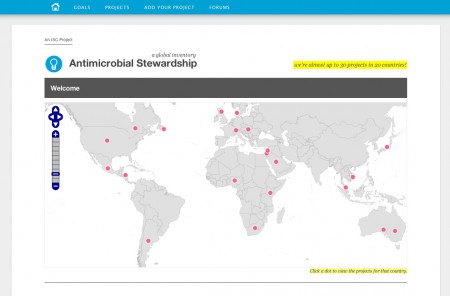Do yourself a favour and google: “St. John’s web design” (obviously, remove St. John’s and insert your own small town). You’ll be surprised with what you see.
When I looked yesterday, I found about 10 local design shops offering web services. Some of them claimed to do “design”, some focused on “database driven” sites, and others focused on niche markets – musicians, BnBs, small volunteer organizations, etc. All of the sites I looked at were table-based, many used inline CSS and at least half of the sites were Flash based. In general, while all of the shops offered something different, they all offered something very much the same – low quality.
If your organization is looking at getting a website developed, you need to ask about things like this:
1. Web Standards
Web Standards are relatively new, under-adhered to, and often thought to be a waste of time. They are not. Ensuring that your site adheres to proper standards ensures that it will be readable on most modern browsers, on most computers and on most smartphones. Further, web standards will make your redesign easier and cheaper in 2-3 years when you look for a new coat of paint.
As has been the official recommendation since 2002, websites [should not](http://www.w3.org/2002/03/csslayout-howto) be made with tables anymore. If your developer is still laying out websites with tables, they have not taken the time to learn how to do it the proper way.
2. Custom CMS
If your developer says that they are going to put your content into a custom CMS that they built themselves, start to run. Run as fast as you can for as long as you can until you are out of harm’s way. A content management system is a broody, complex, and often vengeful animal. If you need software to manage your content, then get a proper, modern CMS. Drupal, WordPress, Joomla!, and Plone are a tiny number of examples of these. I use and recommend Drupal: it’s open source, it’s developed by thousands of developers, is very secure, and is a way better choice than any custom CMS.
3. Do not pay for “search engine optimization” (SEO)
Google has a lot of very bright, hardworking engineers. These men and women work tirelessly to ensure that web content is easily findable. To make your content “findable” on Google, all you need is a modern CMS (see #2 above). The thousands of people who work on Drupal and WordPress know lots about SEO, so you can sleep soundly at night.
The days of adding keywords and metatags to the HEAD section of your website are, thankfully, over. Anyone who tries to charge you for optimizing your Google search results are likely stealing your money.
4. Say no to Flash
My thoughts on Flash are not a secret – I have them well spelled out in several places on this site. Flash used to be the only way to get dynamic (moving) content on the web. It has since become the only way for people who used to make websites in 1998 to continue to make them today without having to re-train. Instead of learning modern tools like HTML and CSS, they continue to build their sites in Flash.
If designed well, very very very few websites need Flash. If you decide to go with Flash, you are signing yourself up for expensive ride. In a Flash site, for example, changing your phone number on the contact page is like changing a single subtitle in a 2 hour movie. You don’t need it.
The web is shifting at lightspeed away from Flash. Just ask Youtube, Vimeo, Apple, or Facebook. Further, there isn’t a single smartphone in the world that Flash currently plays on. Not iPhone, not iPad, not Blackberry, and not Andriod.
Parting thoughts
Even after several years now, the web is still a wild west. If you don’t really know about how the web is put together, then you need to bring questions like these to the first meeting with your potential developer. How they answer questions about web standards, content management, and Flash should tell you lots about what sort of product they will deliver for you. It might take you months to realize it, but asking these questions up front will save you sleep, gray hair, and and certainly truckloads of money in the long run.


